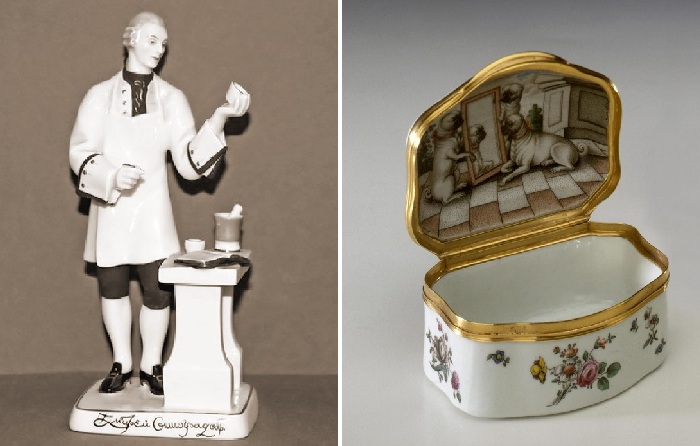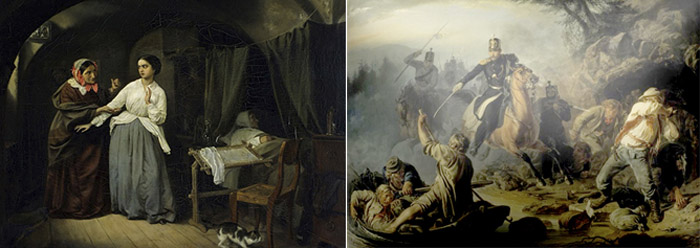vegetables
Secrets of self-portraits of famous artists: Reflection in the mirror, portrait-bacon and other oddities
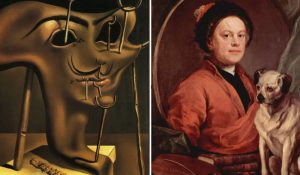 Self-portrait in most cases is an instrument of narcissism, an attempt to leave your image in eternity. But if a genius takes up the matter, his image on canvas can turn into a real masterpiece, which not only perpetuates the appearance of the master, but also puzzles, surprises, fascinates the viewer. For centuries, some of these self-portraits have been knocked out of the familiar notion of this genre, while not losing either their fans or the attention of researchers.
Self-portrait in most cases is an instrument of narcissism, an attempt to leave your image in eternity. But if a genius takes up the matter, his image on canvas can turn into a real masterpiece, which not only perpetuates the appearance of the master, but also puzzles, surprises, fascinates the viewer. For centuries, some of these self-portraits have been knocked out of the familiar notion of this genre, while not losing either their fans or the attention of researchers.
Jan van Eyck, “Portrait of the Arnolfini Couple”
It is from the Renaissance that the development of the self-portrait genre begins – an interest in a person and a person naturally generated the artist’s attention to his own image. But self-portraits in their traditional, academic form did not appear immediately. At first, the masters who wanted to portray themselves in the picture either inscribed their figure in the composition as one of the secondary characters, or became “their own sitters” and the main characters of their works. Continue reading
Skillful fakes that museums took for originals
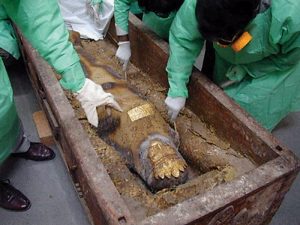 Artistic fakes are a very real threat that museums constantly have to contend with. Fake artifacts appear in many museums from time to time, which can be displayed for several years before specialists realize that this is a fake. For counterfeiters, the high price tags attached to these fakes are often an incentive to continue to create fakes. Art fraudsters often go to great lengths to trick museums into acquiring their work. Some fakes are so good that it is difficult for historians and archaeologists to distinguish them from real things. Among the museums that became victims of fakes is even the famous Louvre Museum, where for many years successful copies were exhibited instead of the originals, and no one even knew about it.
Artistic fakes are a very real threat that museums constantly have to contend with. Fake artifacts appear in many museums from time to time, which can be displayed for several years before specialists realize that this is a fake. For counterfeiters, the high price tags attached to these fakes are often an incentive to continue to create fakes. Art fraudsters often go to great lengths to trick museums into acquiring their work. Some fakes are so good that it is difficult for historians and archaeologists to distinguish them from real things. Among the museums that became victims of fakes is even the famous Louvre Museum, where for many years successful copies were exhibited instead of the originals, and no one even knew about it.
Three Etruscan warriors
In 1933, the New York Metropolitan Museum of Art added three new works of art to its exhibition. These were sculptures of three warriors of ancient Etruscan civilization. Continue reading
What impact do paintings of Savrasov, Levitan and other famous landscape painters have on people
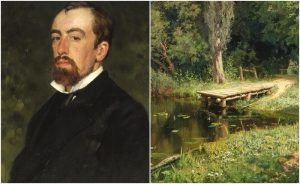 To understand these landscapes, one does not need any art education, no general erudition, or even knowledge of the name of the artist. The painting itself appeals to the viewer, causing in it long-forgotten or, on the contrary, carefully stored feelings, touches into some strings of the human soul, intimate, personal. But the emotions caused by mood landscapes nevertheless turn out to be similar to those that others experience when looking at these canvases. And also with those that once made the artist take up the brush.
To understand these landscapes, one does not need any art education, no general erudition, or even knowledge of the name of the artist. The painting itself appeals to the viewer, causing in it long-forgotten or, on the contrary, carefully stored feelings, touches into some strings of the human soul, intimate, personal. But the emotions caused by mood landscapes nevertheless turn out to be similar to those that others experience when looking at these canvases. And also with those that once made the artist take up the brush.
What are mood landscapes, and thanks to whom they arose
When, when looking at the landscape, the heart suddenly contractes, grips grips, or, conversely, a feeling of happiness arises, when it seems that the picture almost conveys sounds, the freshness of the wind, cold or heat – this is the landscape of mood. Continue reading

